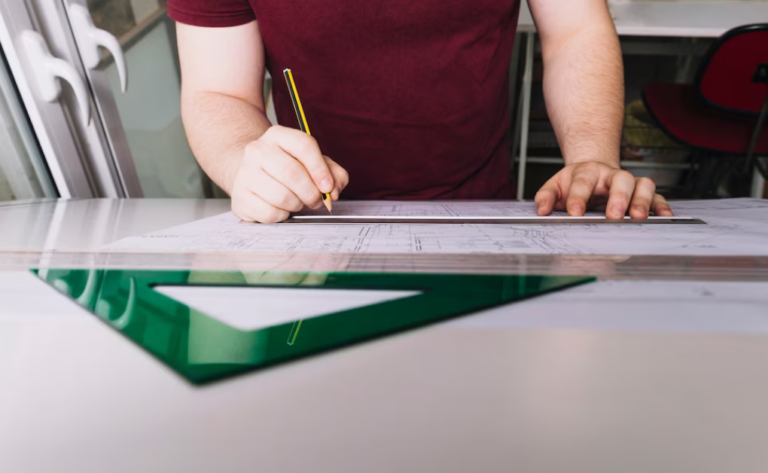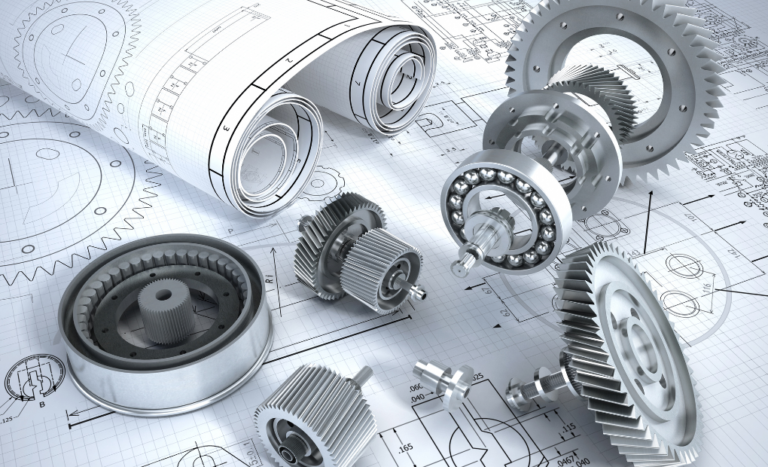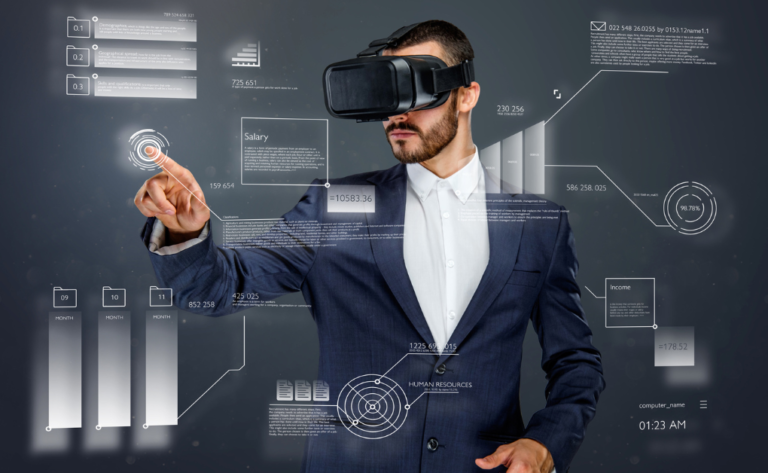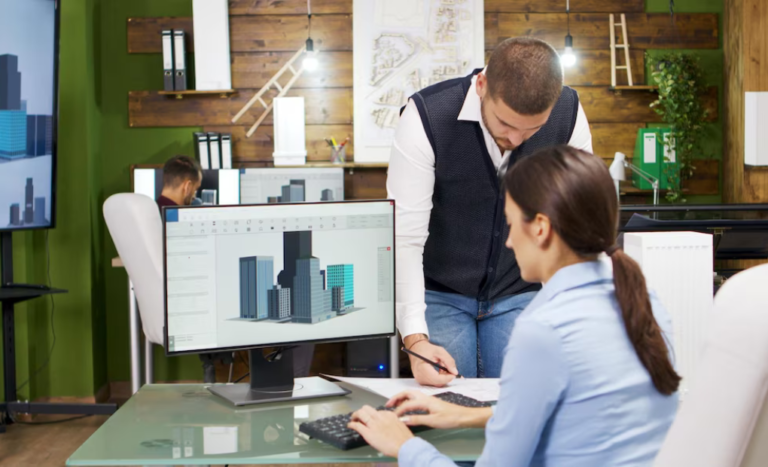Product Design vs. Industrial Design

Product design and industrial design are two terms often used interchangeably, leading to confusion regarding their scope and roles. While both disciplines focus on creating innovative and functional products, they differ in their approach and areas of expertise. In this blog “Product Design vs. Industrial Design”, we will explore the key differences between product design and industrial design, shedding light on their unique characteristics and contributions to the world of design and innovation.
Product Design:-
Product design is a multidisciplinary field that involves the conceptualization, development, and realization of new products. It encompasses the entire process of creating tangible goods, from ideation to manufacturing. Product designers are responsible for transforming ideas into market-ready products that meet user needs, aesthetics, and functionality.
 Key Aspects of Product Design:-
Key Aspects of Product Design:-
User-Centered Approach
Product design places a strong emphasis on understanding and meeting user needs. Designers conduct extensive research, user surveys, and usability testing to ensure that the final product is intuitive and user-friendly.
Form and Function
Product designers balance aesthetics and functionality. They create visually appealing products while ensuring that they perform their intended purpose efficiently.
Prototyping and Iteration
Prototyping is an integral part of product design. Designers create physical or digital prototypes to evaluate and refine their designs based on user feedback and performance testing.
Manufacturing Considerations
Product designers collaborate closely with manufacturing teams to ensure that the design is feasible for mass production. They consider materials, manufacturing processes, and cost-efficiency during the design phase.
Diverse Industries
Product designers work across various industries, including consumer electronics, automotive, furniture, and medical devices, to name a few.
Examples of Product Design
Smartphone, Chair, Smartwatch, Vacuum Cleaner, Bicycle.
Industrial Design:-
Industrial design is a specialized branch of design that focuses on the aesthetics, usability, and functionality of mass-produced goods. Industrial designers are responsible for creating products that not only meet user needs but also align with the brand identity and business objectives of the company.
 Key Aspects of Industrial Design:-
Key Aspects of Industrial Design:-
Brand Identity
Industrial designers work closely with marketing and branding teams to ensure that the product aligns with the brand’s image and messaging.
Aesthetics and Ergonomics
Industrial designers create visually appealing products that resonate with consumers. They also consider ergonomics to ensure that the product is comfortable and user-friendly.
Material Selection
Industrial designers are involved in choosing appropriate materials that align with the design concept and manufacturing requirements.
Mass Production
Industrial design focuses on products intended for mass production. Designers collaborate with manufacturers to ensure that the design is scalable and cost-effective.
Intangible Experiences
Industrial designers consider the intangible aspects of a product, such as the emotional connection it creates with users and the overall experience it delivers.
Examples of Industrial Design
Consumer Electronics (Smartphones, Laptops), Home Appliances, Automobiles, Packaging, Furniture.
Key Differences between Product Design and Industrial Design:-
 Scope of Work
Scope of Work
- Product Design: Encompasses the entire process of creating tangible goods, from concept to manufacturing.
- Industrial Design: Focuses on the aesthetics, usability, and emotional connection of mass-produced products.
Focus
- Product Design: Balances form, function, and user-centered design.
- Industrial Design: Emphasizes the brand identity and the overall consumer experience.
Target Audience
- Product Design: Aims to meet the needs and preferences of individual users.
- Industrial Design: Targets a broader consumer base with a focus on market trends and demographics.
Design Deliverables
- Product Design: Includes detailed 3D models, prototypes, and specifications for manufacturing.
- Industrial Design: Involves concept sketches, mood boards, and renderings to convey the design vision.
Industries
- Product Design: Covers a wide range of industries, including consumer goods, medical devices, and industrial equipment.
- Industrial Design: Predominantly focused on consumer products, such as electronics, furniture, and automotive.
Conclusion:-
Product Design vs. Industrial Design are distinct but complementary fields that play critical roles in bringing innovative and functional products to the market. Product designers focus on the entire product development process, from concept to manufacturing, while industrial designers specialize in creating visually appealing and emotionally resonant mass-produced goods. Together, these disciplines contribute to the seamless integration of form, function, and user-centered design, enhancing the overall user experience and driving innovation across various industries. As the design landscape continues to evolve, the collaboration between product design and industrial design will remain at the forefront of creating meaningful and impactful products for the world.







